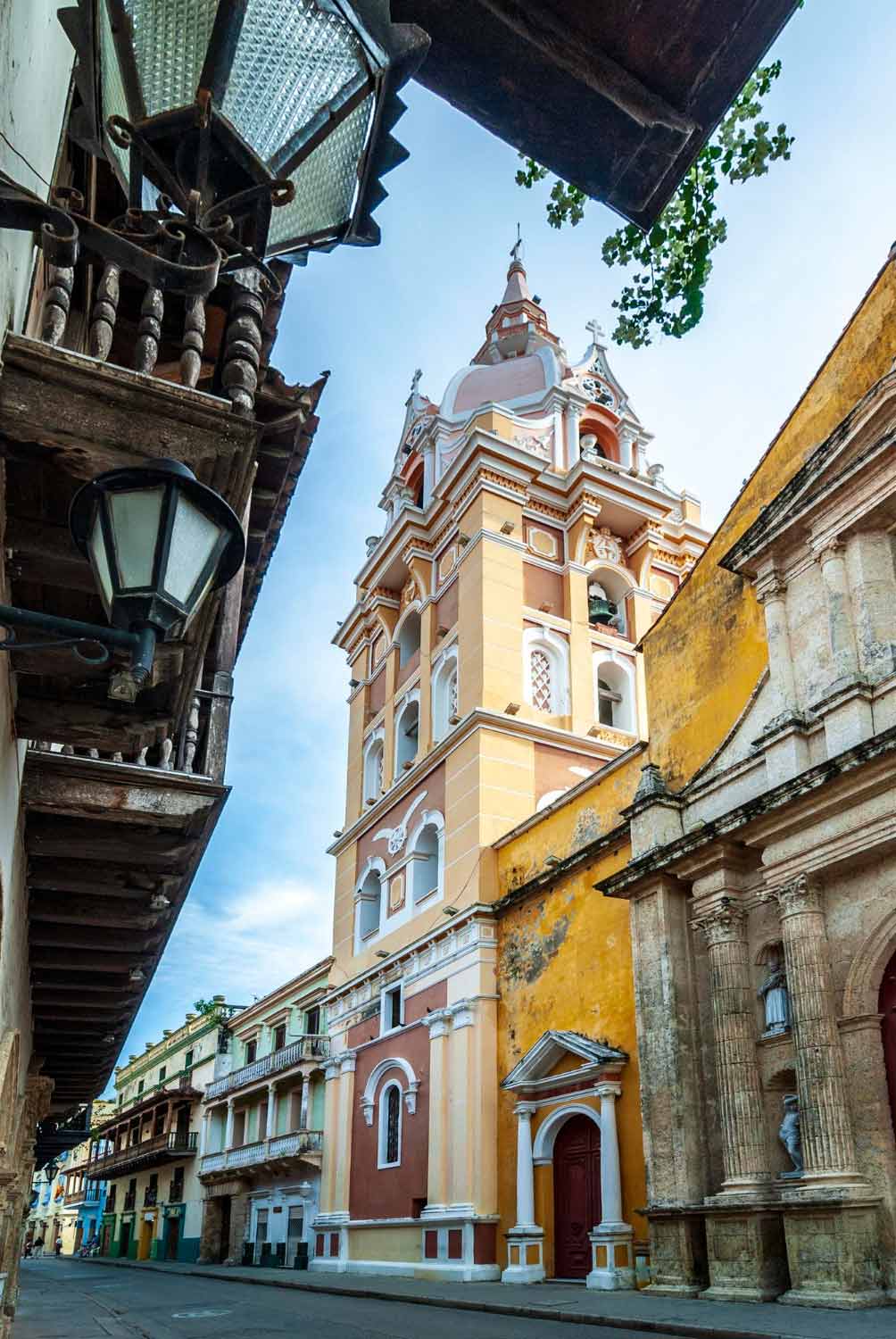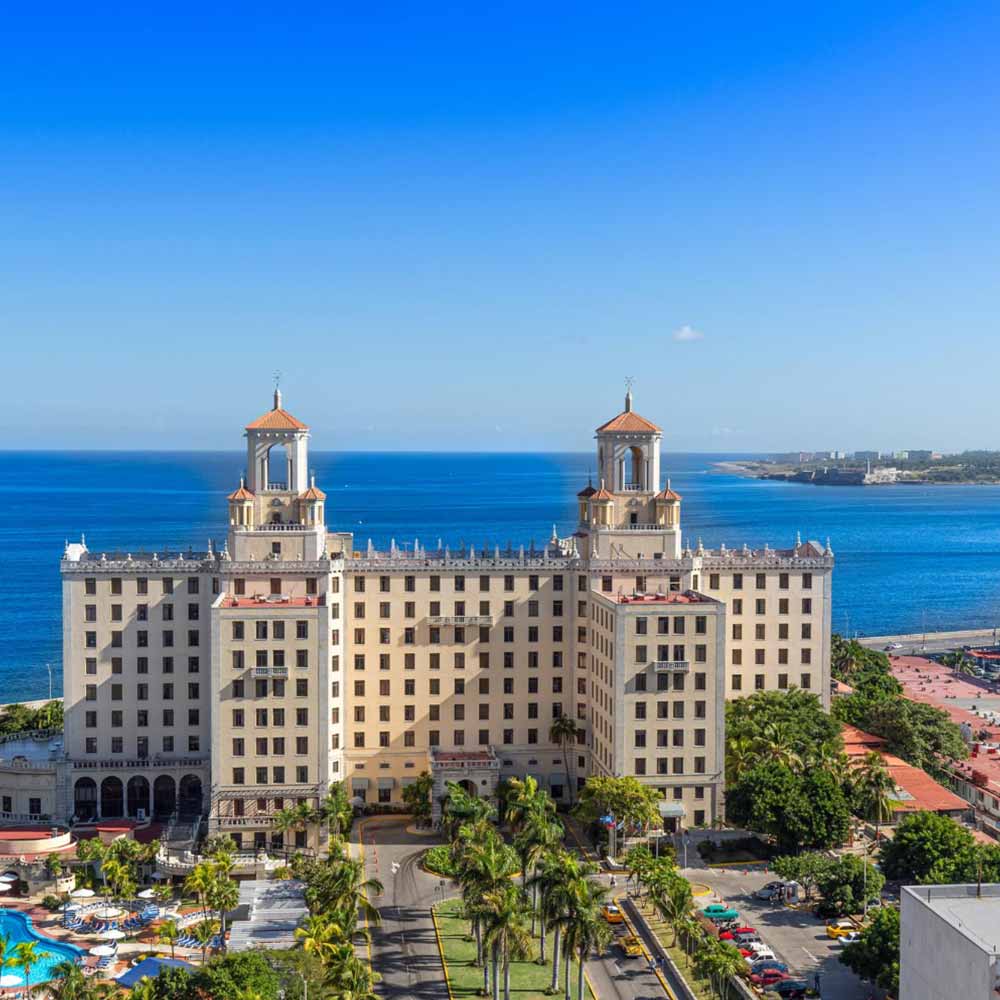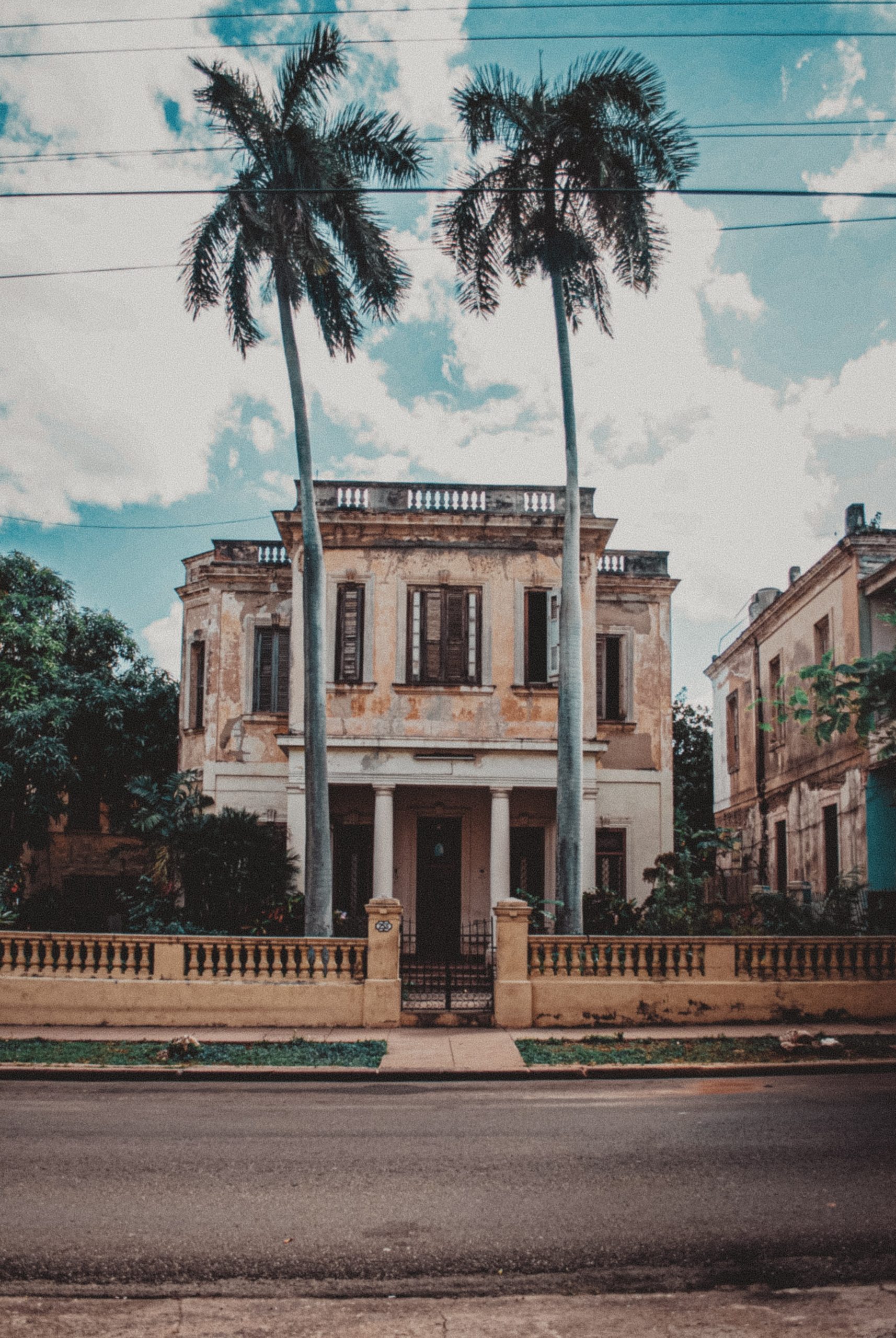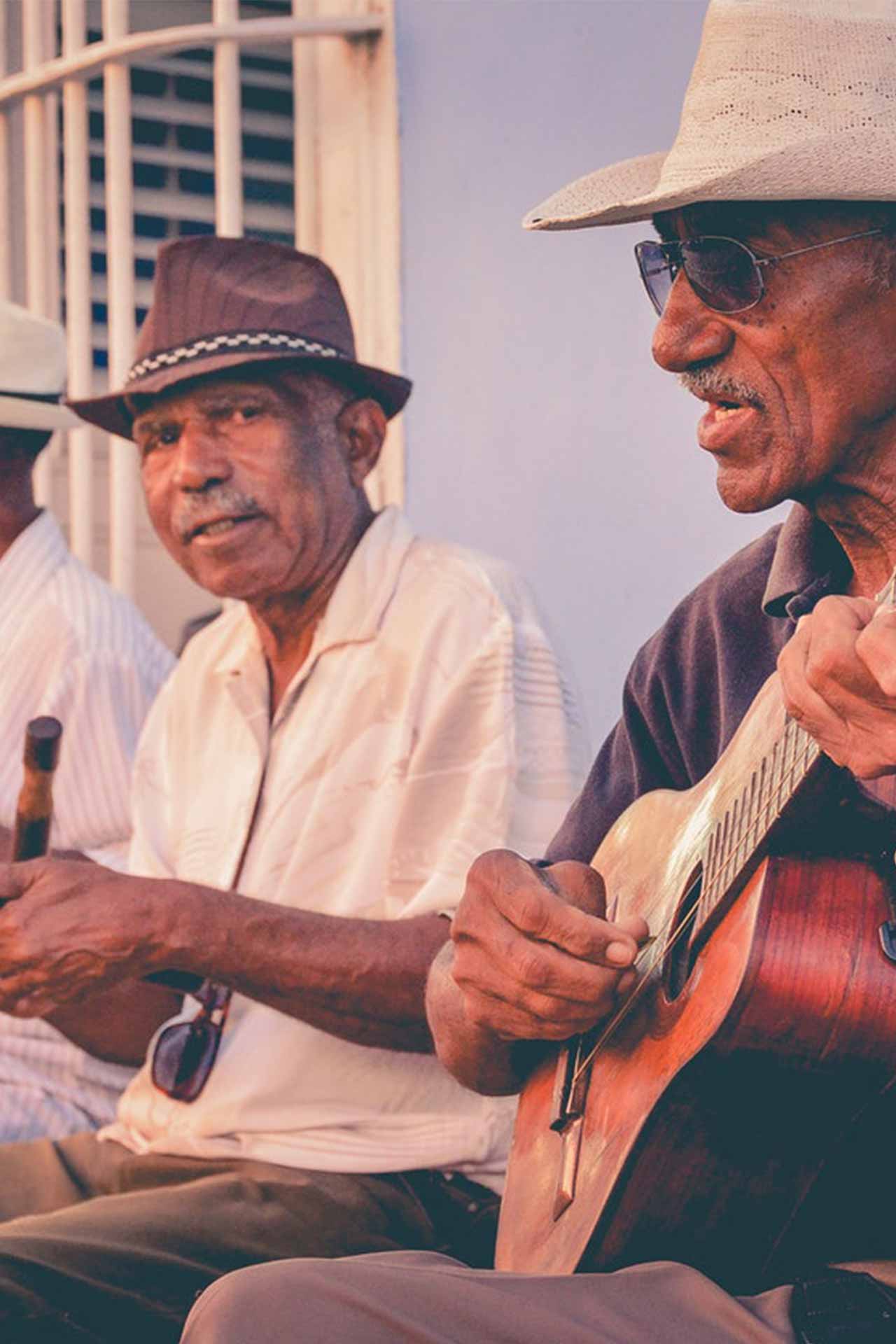Cuban Revolution in the 21st Century: 5 Oddities of the Marxist Island Nation
Cuba is one of only a small handful of countries left in the world that openly espouse Marxism and one of only two countries that continue to crack down on any emerging capitalist presence within its borders. The other country? North Korea.
I think it’s safe to say that North Korea’s reputation for quirky cultural oddities goes without saying at this point. There’s an eternal fascination with the little details that mark life in what seems so alien to our typical, capitalist way of life. Yet it seems like Cuba never gets the same kind of treatment. We know it has a lot of old cars and that the government is Marxist, but otherwise it’s often just seen as a typical tropical island nation like any other in that region.
This is where the interesting quirks come in! Many of these are forgotten about, lost among the promotion of luxury resorts, sandy beaches and old fashioned cars. But if you scratch beneath the surface, you’ll find some very unique hints to Cuba’s revolutionary transformation.

East Germany
Yeah, that’s right, Cuba has East Germany. Now this may sound bizarre for many, many perfectly valid reasons, but let me elaborate. The German Democratic Republic (East Germany) had strong relations with Cuba during the 60s and 70s, aiding it more than any other socialist state besides the USSR itself. This strong friendship led to Fidel Castro making the remarkable promise in 1972 to donate a Cuban island to the German Democratic Republic!
The island ‘Cayo Blanco del Sur’ was chosen and renamed to Cayo Ernesto Thaelmann. Otherwise known as Ernst Thälmann Island. Ernst Thälmann being the head of the German Communist Party during the 1930s and ultimately murdered under the Nazis, being something of a national icon to the German Democratic Republic. To be even more on the nose, one of its beaches was outright renamed to German Democratic Republic beach! At last to top it all off, a bust of Thälmann himself was installed on the island, seemingly marking it entirely as East German territory.
So is this the last remaining holdout of the otherwise dissolved GDR? Is it full of radical German communists unwilling to accept the fall of their homeland? Or perhaps it’s now passed onto unified German control, putting a NATO power uncomfortably close to Cuban shores. Alas… Reality is often disappointing. The island remains uninhabited and the Cuban government later described it as a mere symbolic act, not a true transfer of land ownership. All the same… It shouldn’t be too hard to get a rowboat and an old GDR flag out there to set up a government in exile, right? Food for thought.
Committees for the Defense of the Revolution
In 1960, a bomb exploded on the steps of the presidential palace during a speech by president Fidel Castro. The man escaped unharmed, though this served as the spark for what would be considered one of the more controversial outcomes of the Cuban revolution.
The committees were envisioned as a ‘system of collective vigilance’ to keep a watchful eye on enemies of the Cuban revolution. With crisis after crisis, from the Bay of Pigs to the missile crisis itself and indeed, to the hundreds of attempts on Fidel Castro’s life, there was perhaps justification for the paranoia. All the same, this expansive movement soon came to permeate Cuban society on a fundamental level. Over 133,000 ‘postings’ (local level operational areas) are believed to exist within Cuba, each overseen by a committee. With an estimated 8.4 million members in 2010, it’s easy to see why this sheer scale would be seen as oppressive! Documenting the daily activities of civilians in these ‘postings’ seemingly created quite the oppressive atmosphere, perhaps akin to the Stasi’s widespread spying in East Germany!
This all said, it would appear that the committees have taken on a new role in Cuban society now. The committees involve themselves in community service, often acting more akin to non-political community groups that simply wish to look out for the good of everyone. They assist during destruction from natural catastrophes and have assisted in vaccination campaigns throughout Cuba. One might even argue that the committees are a way of promoting mutual aid and community spirit! These matters are all arguable. What isn’t arguable is that it creates a very unique community atmosphere to Cuba seen in few other nations.



Pioneers
Most countries will be aware of the boy scouts or the girl guides in some capacity. They operate almost everywhere! Everywhere, that is, except for socialist countries. The micronation of Andorra and the Vatican aside, only Laos, North Korea and Cuba lack a version of the scouts. The reason for this dates back to the Cold War, when throughout the socialist world, the scouts were seen as subversive for answering to an international, non-socialist power and thus largely outlawed. Taking their place were the pioneers, cropping up in just about every socialist state from the USSR to Burkina-Faso.
While some ostensibly socialist states like China still have pioneer movements, they exist in tandem with the scouts and pioneering as a whole takes on a much lesser focus in public life, hardly even being visible. Within Cuba, it’s an entirely different story. The José Martí Pioneer Organization are a familiar sight, clad in their red or blue neckerchiefs and numbering over 600,000 active members on the island, openly advocating the cause of Communism and even bearing the signature of Che Guevara on their uniforms. It gives many of the children of Cuba a quasi-military look that may be disconcerting to some, though with its activities primarily concerning recycling and innocuous environmental acts, there shouldn’t be too much cause for alarm.
Street Music
Not that impressive on the face of it, is it? Street music isn’t a quirk! It’s something everywhere has! But if you really look at it, you’ll realise there’s something altogether unique about the street music of Cuba and that owes entirely to its socialist character. Being a street musician in Cuba is not just something you go out and do for pennies. It’s a state-licensed job that you can quite easily make a living off of. Even moreso, the Cuban government facilitates musicians with places to freely practice and free schools to study music and rent out instruments. Due to the anti-private property attitudes of Cuba, it’s also quite rare to see any Cuban musicians keeping themselves locked up a privately rented studio to do their practice, rather even some of the most famous musicians in Cuba will be found in publicly available facilities for all to see! It’s like the whole island is one big music collective!
This stands in rather stark contrast to the decidedly non-free musical culture of North Korea, its close partner. One suggested explanation for this is that the Cuban government sees their musicians as cultural ambassadors of a sort. By flooding the island with music and free expression, crossing so many different genres, they truly get across the ideal of socialism as a conduit for free human expression. How the government might respond to Cuban street musicians with overtly anti-government lyrics, I can’t say. The answer will likely depend on the agenda of the person you ask.


Nova OS
Have you ever heard of Red Star OS? The North Korean operating system meant to overshadow Windows and give them their own unique character? Well Cuba did that too! With the current version (6.0) built off Ubuntu, an open-source Linux distribution, Nova OS was developed by students and professors at the University of Information Science (UCI) in Havana, Cuba with a stated goal of being “…closer to the ideology of the Cuban people, above all for the independence and sovereignty.” (According to Hector Rodriguez, director of the UCI)
People more Linux savvy than I have attested to the visual impressiveness of Nova OS and the fact that it’s currently on version 6.0 would suggest that serious effort has been put into developing it! Since supposedly it exists alongside Windows as opposed to outright superseding it, it’s likely that this software has just completely flown under the radar for many of those not intimate with their Cuban technology. If such a thing is possible, picking up a Cuban computer with the latest version of Nova OS installed could be a fascinating trip into the ideology of the Cuban people, if Mr Rodriguez is to be believed.
